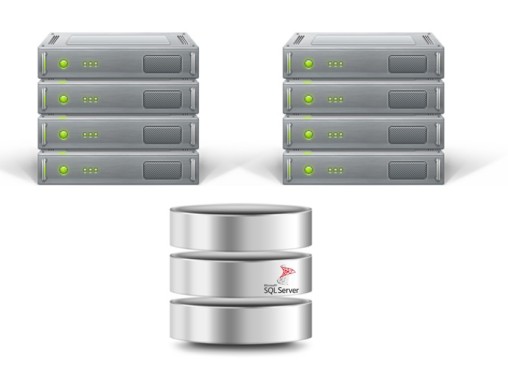
I like writing step-by-step guides because they make good documentation for folks like me who keep forgetting how to do things. The guide makes the process repeatable and can easily be shared with junior members of your team. But with the different ways we consume information nowadays, written documentation does not suffice anymore. Besides, providing different means to learn a specific concept definitely help a lot in reinforcing the idea.
I’ve recorded this video two years ago on how to install a SQL Server 2012 failover clustered instance on Windows Server 2012. The process is similar whether you’re still on SQL Server 2008 running on Windows Server 2008 or later versions of SQL Server and Windows Server.
Feeling helpless and confused when dealing with Windows Server Failover Clustering (WSFC) for your SQL Server databases?
You’re not alone. I’ve heard the same thing from thousands of SQL Server administrators throughout my entire career. These are just a few of them.
“How do I properly size the server, storage, network and all the AD settings which we do not have any control over?”
“I don’t quite understand how the Windows portion of the cluster operates and interacts with what SQL controls.”
“I’m unfamiliar with multi-site clustering.”
“Our servers are setup and configured by our parent company, so we don’t really get much experience with setting up Failover Clusters.“
If you feel the same way, then, this course is for you. It’s a simple and easy-to-understand way for you to learn and master how Windows Server Failover Clusters can keep your SQL Server databases highly available. Be confident in designing, building and managing SQL Server databases running on Windows Server Failover Clusters.
But don’t take my word for it. Here’s what my students have to say about the course.
“The techniques presented were very valuable, and used them the following week when I was paged on an issue.”
“Thanks again for giving me confidence and teaching all this stuff about failover clusters.”
“I’m so gladdddddd that I took this course!!”
“Now I got better knowledge to setup the Windows FC ENVIRONMENT (DC) for SQL Server FCI and AlwaysON.”
its really nice and knowledgeable video. Thanks to you.